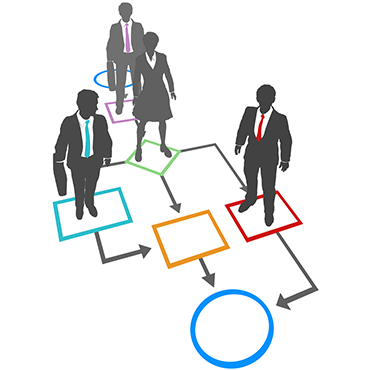Project management, Jedi style

Major IT projects require a "do, or do not" approach, say those who have been through the wringer.

In wrangling large IT projects, federal CIOs have to have a holistic, almost Zen-like approach, with enough vision to see how the project fits into their agency's business plans -- and how it fits the agency’s people and purpose.
"Do, or do not," said Lorraine Landfried, deputy CIO for product development at the Department of Veterans Affairs, channeling the Jedi master Yoda. An agency has to be committed and not try it in half measures, she said. "If there aren't enough resources, don't just do it anyway."
Another CIO, part of a March 13 Association for Federal Information Resources Management panel on what works for federal agencies challenged with large IT projects, provided a more prosaic description.
"I call it the GEAR approach," said Kirit Amin, CIO and chief technology officer at the U.S. Department of Commerce. "That's for Goal, Engage, Accountability and Results."
Establishing goals, engaging the agency beyond an IT level, setting accountability and hitting solid project goals are Amin’s touchstones for success.
Without those ingredients, he said, projects can bog down, become unfocused and lose their momentum. But if agency leaders are motivated to implement a project, he said, even tight budgets won't stop them. Defining the value of the project in business and mission terms, he said, is a key in making it understandable across the agency, beyond the IT department.
Sonny Hasmi, acting CIO at the General Services Administration, agreed.
"No project is an IT project. Ninety nine percent of them should be business investment projects. When it becomes an IT project, it's bound to fail," he said.
The value of big IT endeavors, Hasmi said, has to be translated into how the project will benefit the mission or operations of the agency, not in IT-centric terms. "I think in the last 20 years, we've done ourselves a disservice by calling ourselves IT people."
The nuts and bolts of IT operations have to translate into real-world efficiencies that are evident to non-IT people, he said.
"It's a people process," said Pete Tseronis, chief technology officer at the Department of Energy. The motivation to work as a team is also a critical part of the big-project mix. "Technology is critical," he said, but along with leadership and policy "you must have passionate doers."
Tseronis said agencies also have to search for great talent. DOE can draw on national research laboratories like Sandia and Los Alamos that are hotbeds for innovation and technical know-how. The agency has programs that bring in elite researchers from those facilities to share ideas and experience.
Getting employees and vendors engaged throughout the lifecycle of the project is another important maxim for federal IT managers working on substantial projects, according to Param Soni, chief architect at the Environmental Protection Agency.
Ultimately, it boils down to a CIO's ability to translate how IT can transform an agency.
A good CIO can respond to a business need in a cost-effective manner, Soni said. A better CIO can improve business processes. A great CIO can help shape not only the organization but the IT enterprise itself.
NEXT STORY: NASA names new chief technologist, acting CTO


